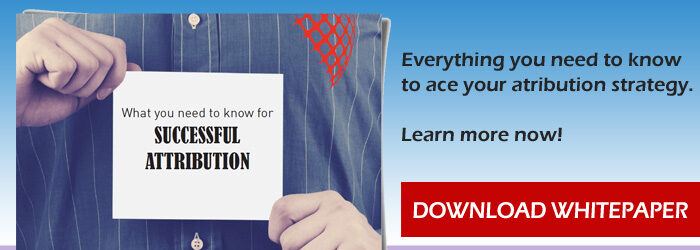by Carlos Duez Escobedo
In short, attribution determines who gets the sale or the conversion. In other words, it is the logic that you apply in order to decide who takes credit for a transaction. If this is enough for you, there is no need to go through the rest of the article, unless you want to know what all this fuss is about.
OK, why is everybody talking about attribution and trying to find out the best attribution model for them? The answer is to optimize their marketing activities. The world is getting more competitive by the second, thus what used to work yesterday is obsolete today. Sophisticated attribution logics are helping smart marketers to do more with the same resources.
We now have technologies that can match the user purchase decision cycle with our marketing efforts. It is possible now to see when the user was aware of our existence, how long it took to search for other options and compare them, and most importantly, which channels were used in order to complete his/her purchase journey.
By understanding these journeys, marketers can recognize the way their customers are making decisions and then find the right message at the right time.
All these journeys create patterns and patterns tell a very interesting story: the story of ROI. The trick is to connect the dots within the journeys to their cost and to the revenue generated, and then the math is simple. The logical steps are to switch budgets from the less profitable patterns to the more profitable ones, and voila! You get more results with the same resources.
If you are looking into changing your old attribution logic, here are a few things to consider:
- This is a long term project; relevant decisions need to be made with relevant data. You will not have statistically relevant data after 2 weeks of data collection.
- Define your objectives by asking yourself a simple question: what do I want to achieve as a result with this project? This will also help you to define the data that you want to collect. Want to make it even more fun? Mix it with your CRM data.
- Be prepared to invest time on analyzing your data. The information is going to be there to support the decisions, but at the end of the day somebody needs to pull the trigger.
- Last but not least, even though sharing is caring, don’t share your data with third parties, it’s like sharing your wife or your bank account, you just don’t do those things.




























